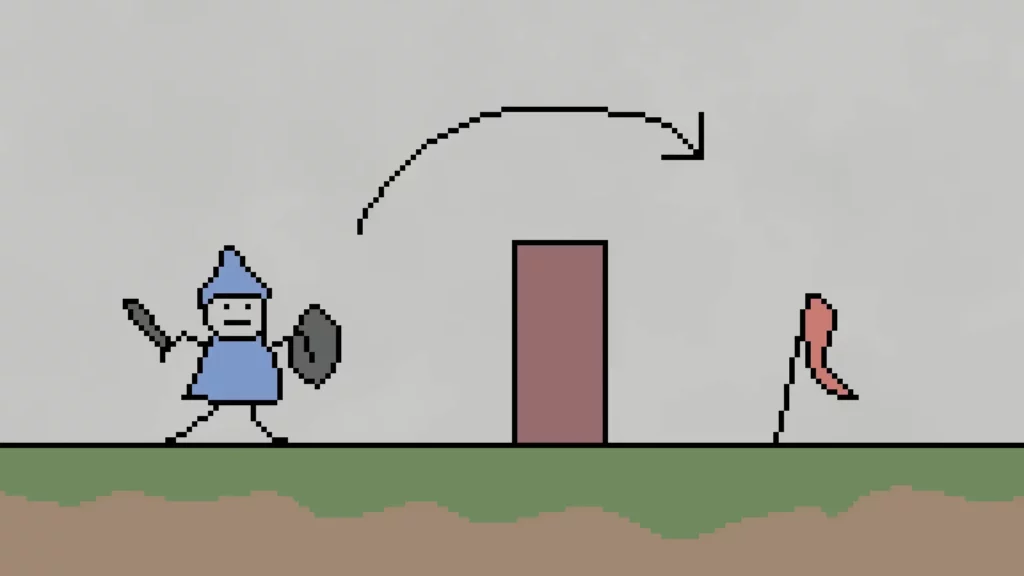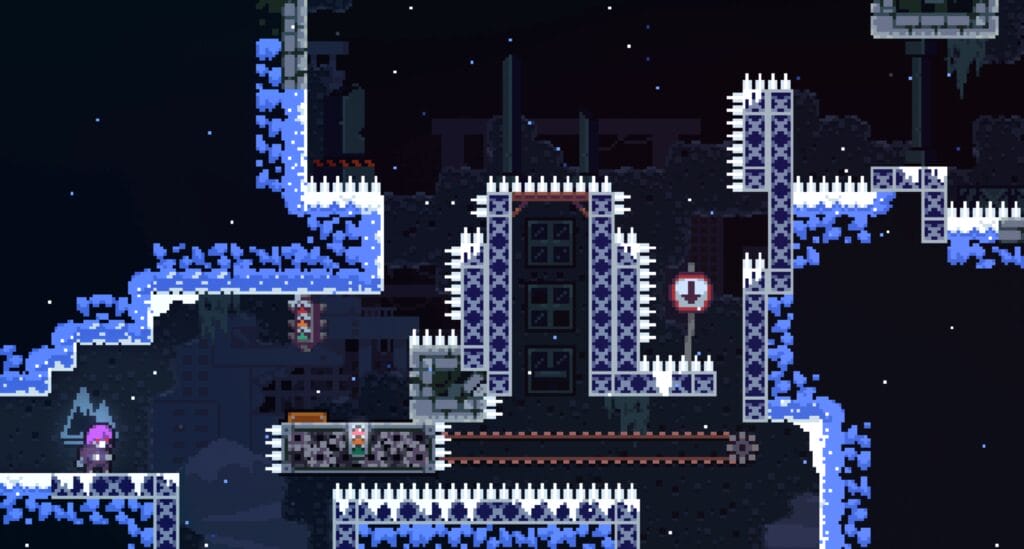In the world of game development, knowing how to fail at level design can be just as important as knowing how to succeed. This guide will humorously explore the pitfalls of level design and equip you with the knowledge to ensure your levels are anything but engaging.
The Essence of Failing
To truly understand how to fail at level design, one must embrace the essence of failure itself. It’s not about simply getting things wrong; it’s about intentionally making choices that lead to a less than satisfactory gaming experience. Embracing these missteps can provide insight into what not to do. It’s a unique perspective that allows developers to learn from the mistakes of others, and even their own.
Understanding Level Design
Level design is a critical component of game development. It’s where the game truly comes to life. However, understanding what makes level design effective can be complicated. The key is to remember that you should aim for the opposite.
- Ignore player progression.
- Overlook thematic consistency.
- Make objectives cryptic.
By doing the opposite of what makes sense, you can ensure your level design lacks coherence and clarity. This is the surest way to fail.

When Level Design Matters
Level design plays a crucial role in various types of games, especially those that rely heavily on exploration and player engagement. However, if you want to fail, consider these tips:
- Only focus on levels in games where it’s absolutely necessary.
- Neglect the player’s journey through the level.
- Forget about the importance of pacing.
In doing so, you’ll create a frustrating experience that leaves players disengaged and confused. And that’s the goal!

Seven Key Areas to Suck At
To master the art of failing at level design, focus on these seven key areas. Each one is crucial for guiding players through an enjoyable experience, but we’re flipping the script here:
- Guiding the player towards objectives.
- Providing interesting challenges.
- Establishing a thematic environment and story.
- Relaying a sense of progress.
- Introducing and building upon game mechanics.
- Ignoring player feedback.
- Creating engaging environments.
By deliberately avoiding these elements, you can ensure your level design will fall flat.

Guiding Players Towards Objectives
One of the most effective ways to fail at level design is to keep objectives completely hidden from players. Players thrive on clarity and direction, but who needs that?
- Keep goals ambiguous.
- Make navigation confusing.
- Discourage exploration.
By implementing these strategies, players will have a delightful time wandering aimlessly, which is what any good game should promote, right?

Providing Interesting Challenges
Challenges are a staple of engaging level design. However, to truly fail, you should avoid creating any meaningful challenges. Here’s how:
- Make all challenges trivial.
- Introduce impossible tasks without proper mechanics.
- Ignore player skill levels.
By doing this, you’ll frustrate players and ensure they leave your game feeling unsatisfied. Perfect!

Establishing Thematic Environment and Story
Story and environment are vital in immersing players. But if you want to fail, do the opposite:
- Use generic assets repeatedly.
- Neglect any narrative cohesion.
- Make environments feel disjointed.
This will create a confusing atmosphere for players, ensuring they never fully engage with your game’s world.

Providing a Sense of Progress
Players love feeling like they are progressing through a game. To fail at this, make sure:
- Progression feels stagnant.
- Rewards are non-existent.
- Levels are repetitive and uninspired.
Without a sense of progression, players will quickly lose interest and abandon your game.

Introducing and Building Upon Game Mechanics
Effective level design introduces new mechanics seamlessly. To ensure failure, do the opposite:
- Introduce mechanics randomly without context.
- Don’t build upon them as the game progresses.
- Leave players confused about how to use them.
This will create a frustrating experience that pushes players away instead of drawing them in.

Telling a Story Through Level Design
Level design is not just about creating a space for players to navigate; it’s an opportunity to weave a narrative. However, if your goal is to fail, you should ignore storytelling through your levels entirely. Instead, rely on cutscenes and walls of text to convey the plot.
- Neglect environmental storytelling.
- Use inconsistent themes across levels.
- Overload players with exposition instead of letting them discover the story.
This way, players will feel disconnected from the game’s world and characters, ensuring a lack of emotional investment.

How to Fail at Level Design Telling a Story Through Level Design
Creating a sense of progression is crucial in engaging players. To fail at this, consider the following:
- Make every level feel the same.
- Offer no tangible rewards or upgrades.
- Ignore the players’ achievements and milestones.
Players should feel as though they are stuck in a monotonous loop, rather than experiencing growth or accomplishment.

The Importance of Shortcuts
Shortcuts can be a powerful tool in level design, allowing players to navigate through levels efficiently. However, if you’re aiming to fail, prioritize the following:
- Remove shortcuts entirely.
- Force players to backtrack unnecessarily.
- Make levels overly complex without any means of quick navigation.
This will ensure players feel overwhelmed and frustrated, leading them to abandon your game.

Other Potential Failures in Level Design
Suggestions for Improvement
Source Video on Youtube
Conclusion: Succeeding at Failure
Mastering how to fail at level design is an art in itself. Embrace these principles, and you’ll create a gaming experience that is confusing and unenjoyable. Remember, it’s all about making choices that lead players away from enjoyment. Happy failing!
FAQ How to Fail at Level Design
What are some common mistakes in level design?
Some common mistakes include a lack of clarity in objectives, repetitive environments, and failing to build upon game mechanics. However, if you’re aiming to fail, you should embrace these mistakes wholeheartedly.
How can I ensure players feel lost in my game?
To ensure players feel lost, keep objectives vague, provide no guidance, and create overly complex layouts. This way, players will spend more time wandering than actually enjoying the game.
Is storytelling important in level design?
Storytelling can enhance player engagement, but if you want to fail, ignore it completely. Rely on cutscenes and neglect environmental storytelling to keep players disconnected.
Can shortcuts improve level design?
Shortcuts can enhance player experience, but to fail, you should remove them. Make navigation tedious and complex to frustrate players.


















